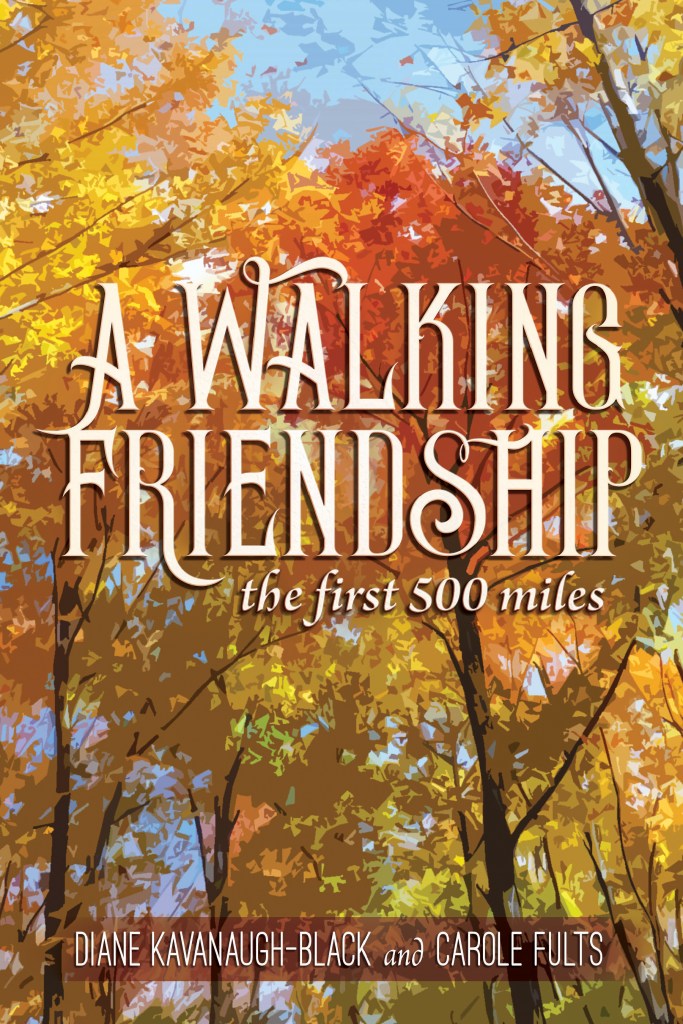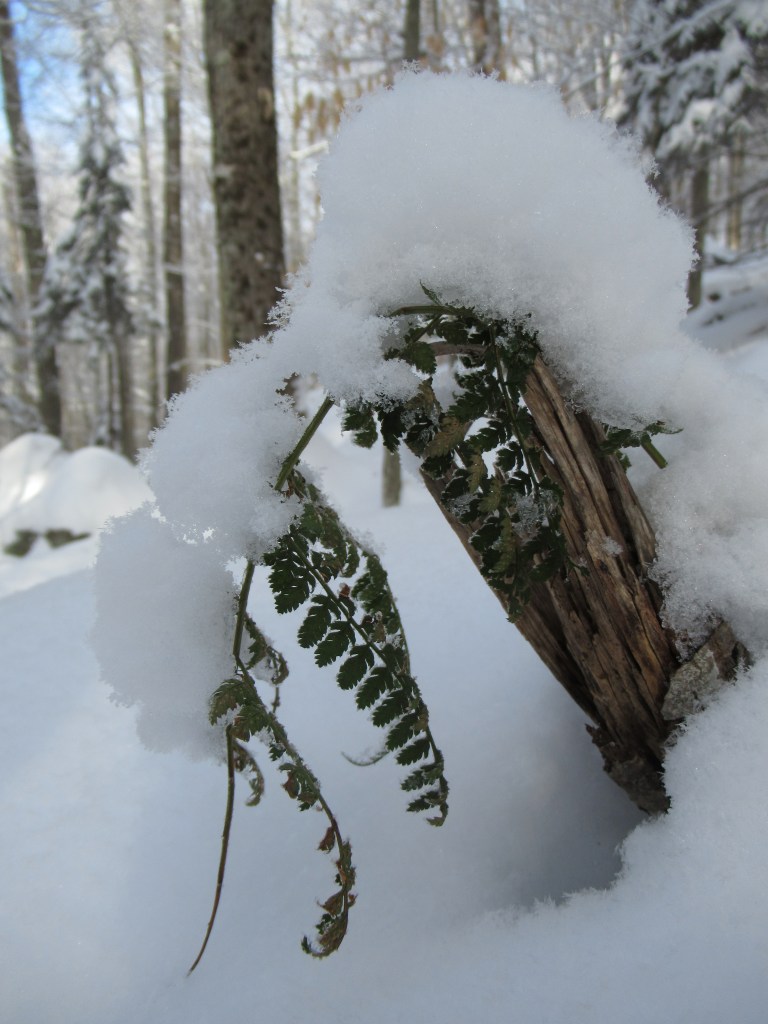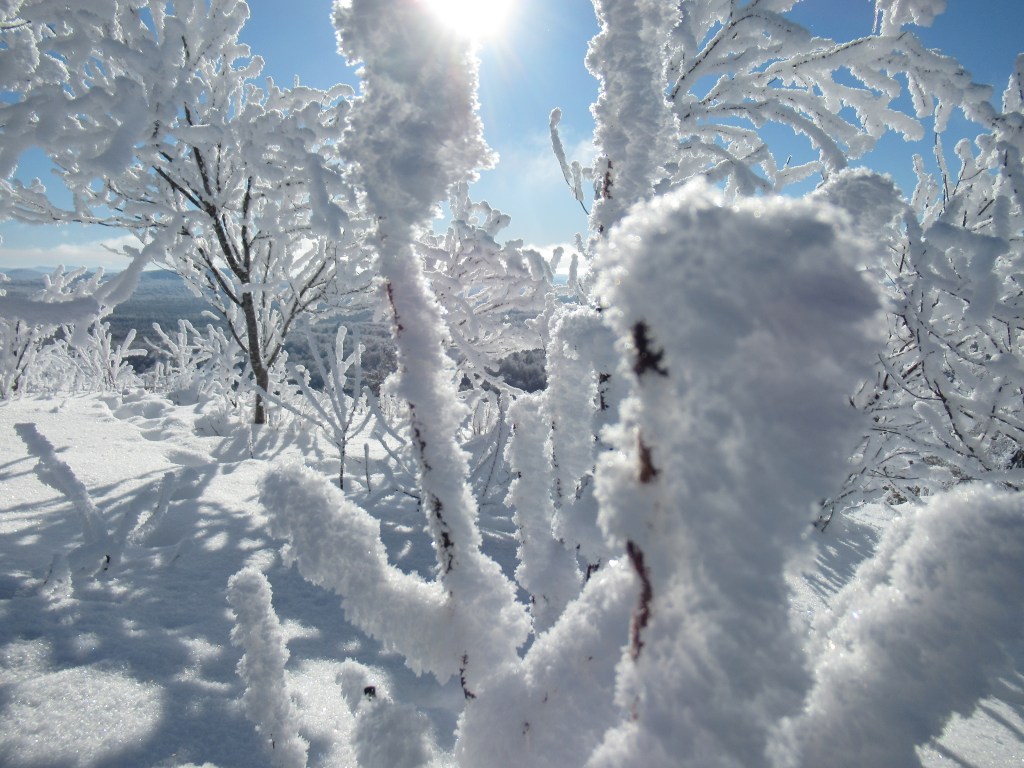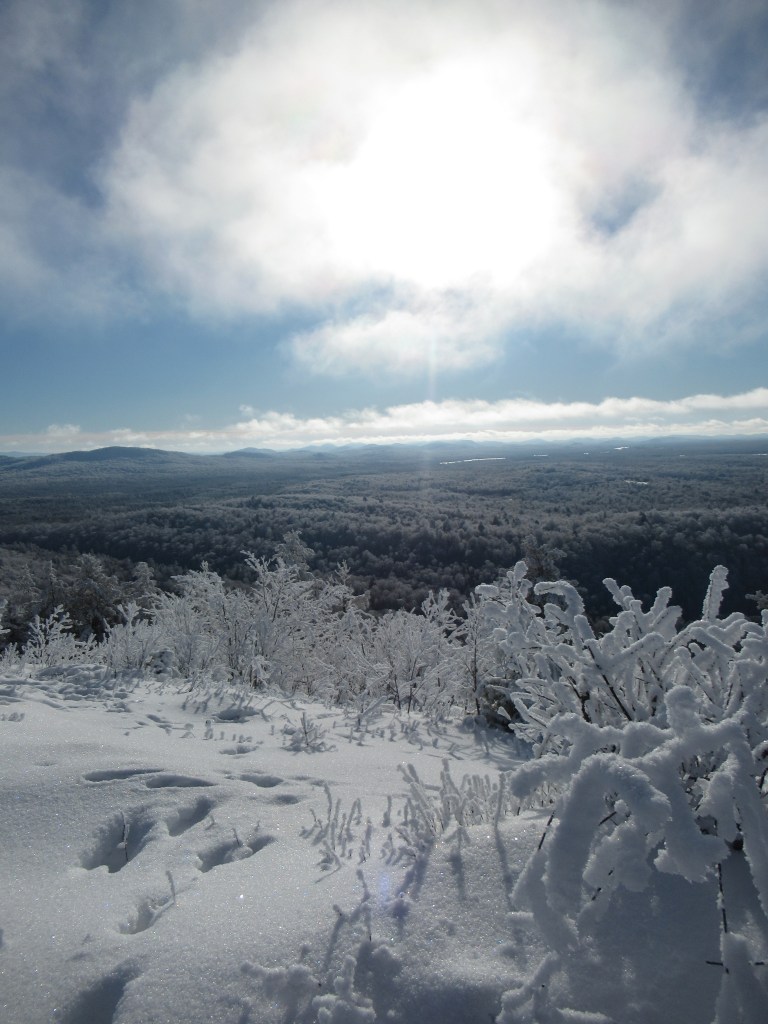Relief. Oh my gosh, the relief. Along with growing excitement.
An actual book. It’s here. Giggle, wiggle and woo hoo!
For long time readers at this site, some of the essays and photos will be familiar. The growth of the nature essays into meditations on friendship will be new, along with the poems and photos by my co-author and delightful hiking partner Carole Fults.
It has been months and months (I hate to say but yes, years) of striving to finish edits, hire a formatter and choose publication routes, stumble along, play avoid-don’t avoid, and return repeatedly to this very challenging work of creating and putting out a book.

I pet the silky cover of the locally printed copies from The Troy Book Makers.
I touch the glossy cover of the print-on-demand version.
I take in the saturated color of the photographs.
It is a sensual experience, this physical book, in a time when I have mostly been reading ebooks from the library on a tablet. Blue-lit screens during the day and brown-lit screens at night (so as not to disturb my sleep), thoughts of battery usage and news articles too easily accessed often distract me from the act of reading.
Words on a page, I have heard, are more memorable than on a screen. I agree.

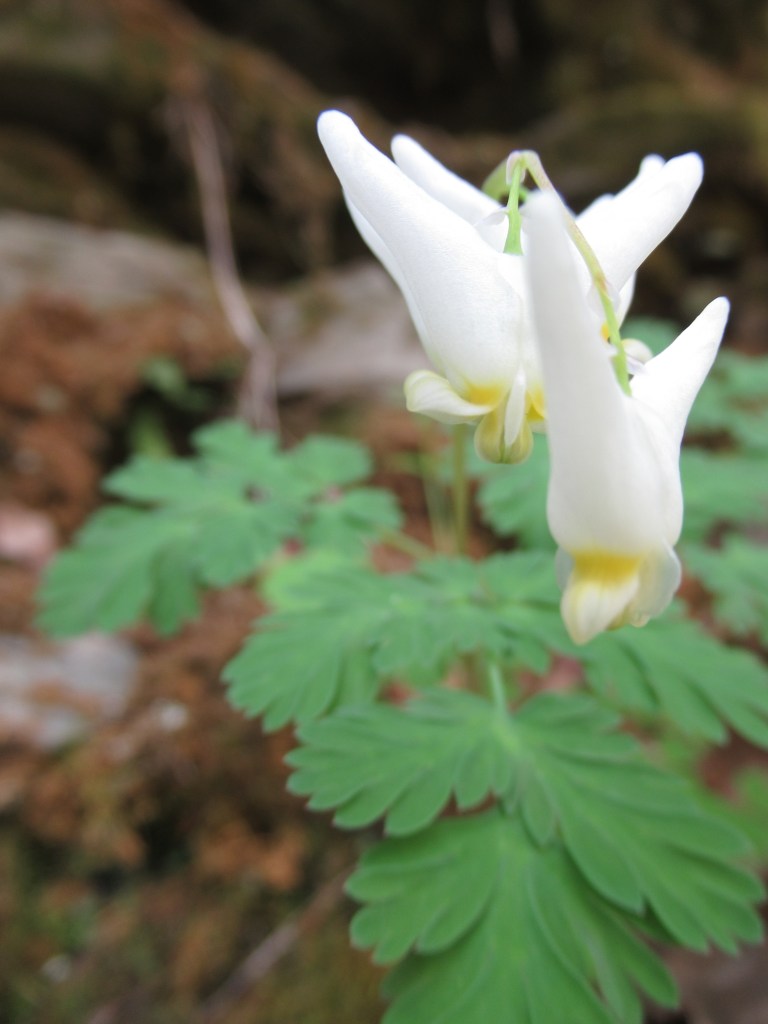
Of course, A Walking Friendship: The First 500 Miles is available to view and preorder as an ebook as well as a softcover (love that descriptor!), at the national online stores here and here and independent bookstores (several here and here, or even for my dear friends in Chicago here but really at all of them!), and on our author page at Book Baby, where our print on demand and ebook versions originate. Every view, every pre-order, every Goodreads mention and Wish List addition, every request for a library to purchase, helps our book.
However our audience prefers to purchase, we want it to get out there. The release is June 11.
All these informational phrases are starting to flow trippingly off my tongue, as I earnestly learn “the elevator speech” to describe our book in a single sentence, and as I let go of Ego and self judgment based on what people might think of the project.
***
I am better with perfectionism these days and recognize it more quickly. The weight of almost a year of mandated day-job overtime and completely different work duties added an extra layer to the challenge. I am just glad I can fall finally back in love with this manuscript—now book—all over again.
For right now I am doing the Happy Dance as I print promotional postcards and plan Zoom readings and interviews.
Go! Fly! Be Free! (More giggles.)
***
This book is imperfectly perfect. It is a creation that is done being created. It has taken flight, out into the world. What it will grow into, we will see.
Mostly my coauthor and I wish for the richness we found walking in the woods to be experienced by as many people as possible, since it was such a gift to us.

Thanks to everyone who has helped and encouraged us, chided and applauded and assisted us–and most of all, took our work as seriously as we do.


